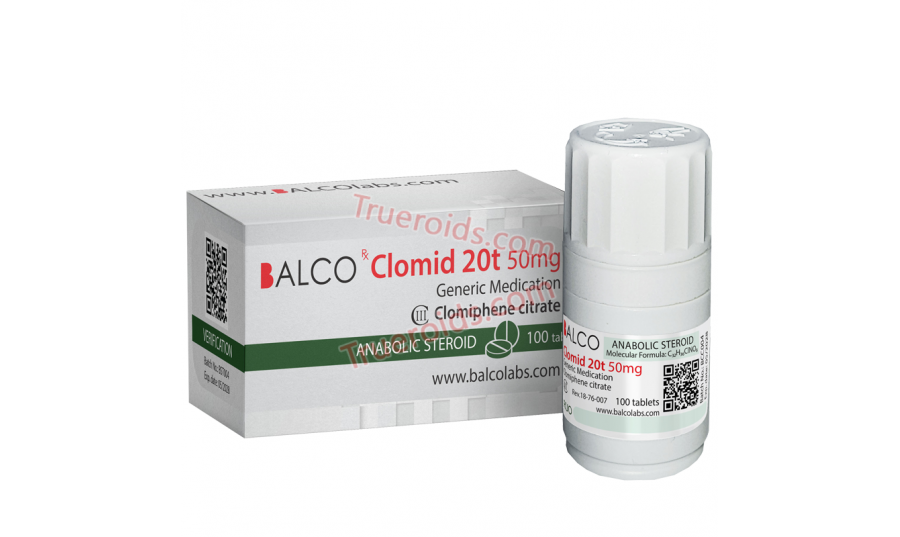Balcolabs CLOMID 20t 100tab 50mg/tab
- Availability: In Stock
- Product Code: BALC-CLOMID20t100t50mg
- Brand: Balcolabs
- All Products
- Post Cycle Therapy (PCT)
- EU 2 Warehouse
- Post Cycle Therapy (PCT) > Clomiphene Citrate
-
€35.00
Description
In 1956, a pioneering team led by Frank Palopoli at the William S. Merrell Chemical Company synthesized clomiphene, a milestone marked by its patent issuance in November 1959 after confirming its biological activity. Prior to this, researchers at Merrell had successfully developed chlorotrianisene and ethamoxytriphetol. Initially investigated for advanced breast cancer treatment between 1964 and 1974, clomiphene demonstrated efficacy but was later abandoned due to concerns over desmosterolosis with prolonged usage. Despite this setback, short-term administration showed promise, leading to its approval for sale in 1967 under the brand name Clomid. Initially prescribed for cases of oligomenorrhea, its utility expanded to include anovulation treatment, notably showcasing higher-than-expected pregnancy rates among women undergoing treatment. Widely regarded as a groundbreaking advancement in female infertility treatment, clomiphene heralded the onset of the modern era of assisted reproductive technology, an era famously termed the "U.S. fertility epidemic" by Eli Y. Adashi.
Medical Application:
Clomiphene serves as a vital tool in addressing infertility among women who experience anovulation, including those diagnosed with polycystic ovary syndrome. As one of several options to induce ovulation in infertile individuals, its efficacy is well-documented, particularly when timed appropriately during the menstrual cycle, typically around the fifth day, and coupled with regular sexual activity.
Mechanism and Use in Doping Tests:
Belonging to the selective estrogen receptor modulator (SERM) class, clomiphene acts non-steroidally to stimulate GnRH release from the hypothalamus and subsequent gonadotropin release from the anterior pituitary. Notably, it also demonstrates the capacity to elevate or restore testosterone levels in hypogonadal men. However, its dual stereoisomers—enclomiphene and zuclomiphene—pose challenges in doping tests, as zuclomiphene possesses pro-estrogenic properties while enclomiphene exhibits pro-androgenic effects, potentially enhancing testosterone production and thus contravening anti-doping regulations.
Half-Life and Metabolism:
Upon administration, clomiphene yields metabolites such as N-desmethylclomiphene, clomiphene N-oxide, 4-hydroxyclomiphene, and 4-hydroxy-N-desmethylclomiphene, with peak levels observed within days. With a half-life ranging from 4 to 7 days and primarily metabolized in the liver, clomiphene and its derivatives undergo fecal excretion, persisting in the body for up to 6 weeks post-discontinuation.
Side Effects:
While generally well-tolerated, common side effects of clomiphene use include reversible ovarian enlargement. Less frequently reported effects encompass visual disturbances, headaches, vasomotor flushes, light sensitivity, uterine bleeding, and abdominal discomfort.

